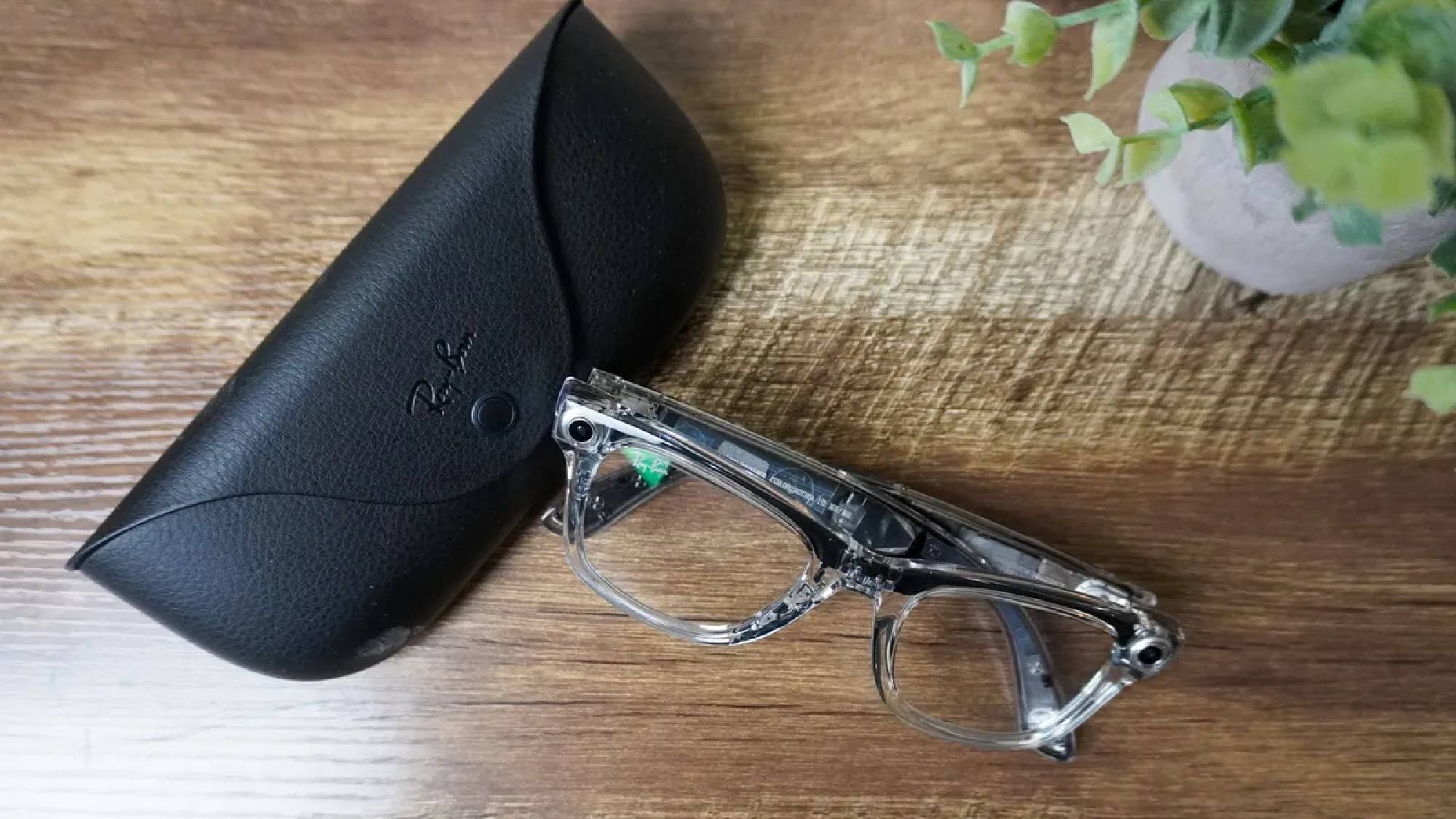
Chinese researchers have released a video demonstrating the latest innovation in drone control – where a user can command a drone by simply swiping their fingers across a wearable touchpad. Swipe patterns are instantly recognised by the advanced touchpad, which then sends the signals to a drone control platform via an external Bluetooth transmitter. Seamless interaction then allows the control platform to relay the commands to the drone.
“Amid growing demand for more compact, intelligent and multifunctional human-machine interfaces, this high-performance touchpad marks a significant leap forward for the next generation of intelligent remote interactive platforms,” Tian Ye, associate professor at China’s Northeastern University, told the South China Morning Post in an interview on Wednesday. Results of the study were detailed in a recent paper in the peer-reviewed journal Nano Energy. The touchpad, similar in feel to a Band-Aid, has a layered structure that mimics the soft, skin-like texture ideal for wearable devices.
“The base layer is made from Ecoflex, a soft rubber, while the middle layers consist of liquid metal electrodes and nine hydrogel arrays to collect touch signals,” PhD candidate Liu He, the study’s first author, explained. “The top layer, crafted with sandpaper micro-surfaces, enhances sensitivity. The touchpad’s flexible design allows it to stretch to as much as 400 per cent of its original surface area.
” At the core of this device is a self-powered sensor array based on a triboelectric nanogenerator (TENG), offering zero power consumption and high-sensitivity performance at a low cost. When a user swipes their finger across the touchpad, it produces a readable voltage signal. To process these touch signals, the team employed the transformer algorithm central to the famous AI model ChatGPT, with a few adjustments.
They found the touchpad was able to interpret complex slide gestures of different strengths and speeds at any position. Tests on six slide gestures showed an impressive accuracy rate of 96.83%, according to the paper.
One of the touchpad’s stand-out features is its resilience in low temperatures, where traditional hydrogels often freeze. Tian used antifreeze ionic conductive hydrogel to overcome this hurdle. Laboratory tests revealed that the antifreeze hydrogel retained its properties at minus 40 degrees Celsius (minus 40 degrees Fahrenheit).
Field tests also confirmed the touchpad’s functionality in temperatures as low as minus 23 degrees Celsius. This study brings together the benefits of hydrogels and TENG technology, marking a promising step forward in wearable electronics and human-machine interaction. This ultra-stretchable, triboelectric touchpad technology could see broad applications across various fields, Tian said.
“Potential uses include controlling drones in complex or extreme environments, managing IoT (Internet of Things) devices in smart homes, and enabling remote care or medical treatments.” – South China Morning Post.














